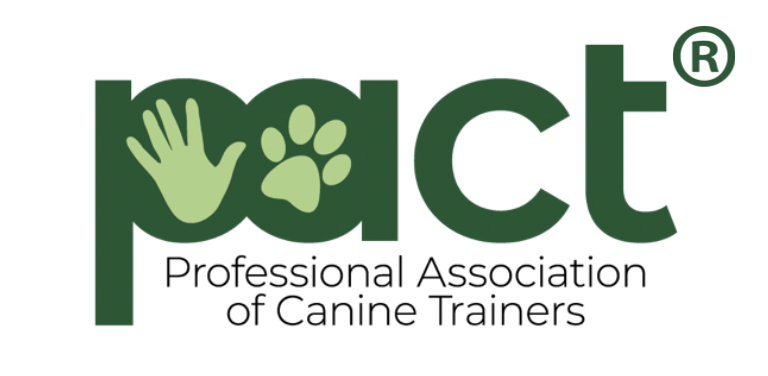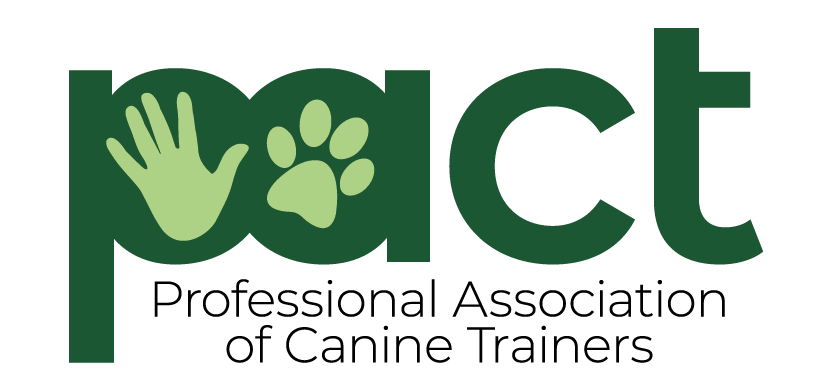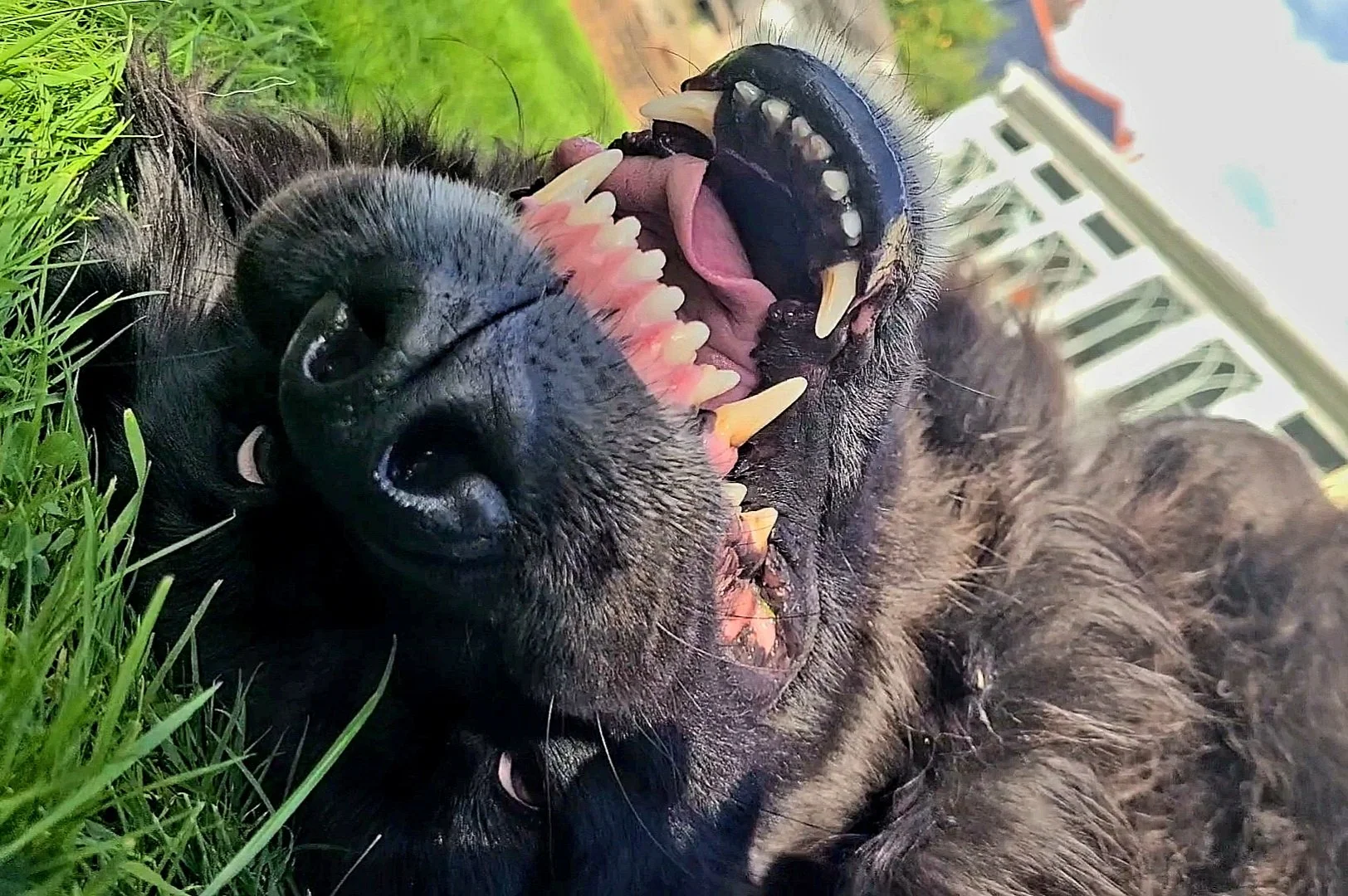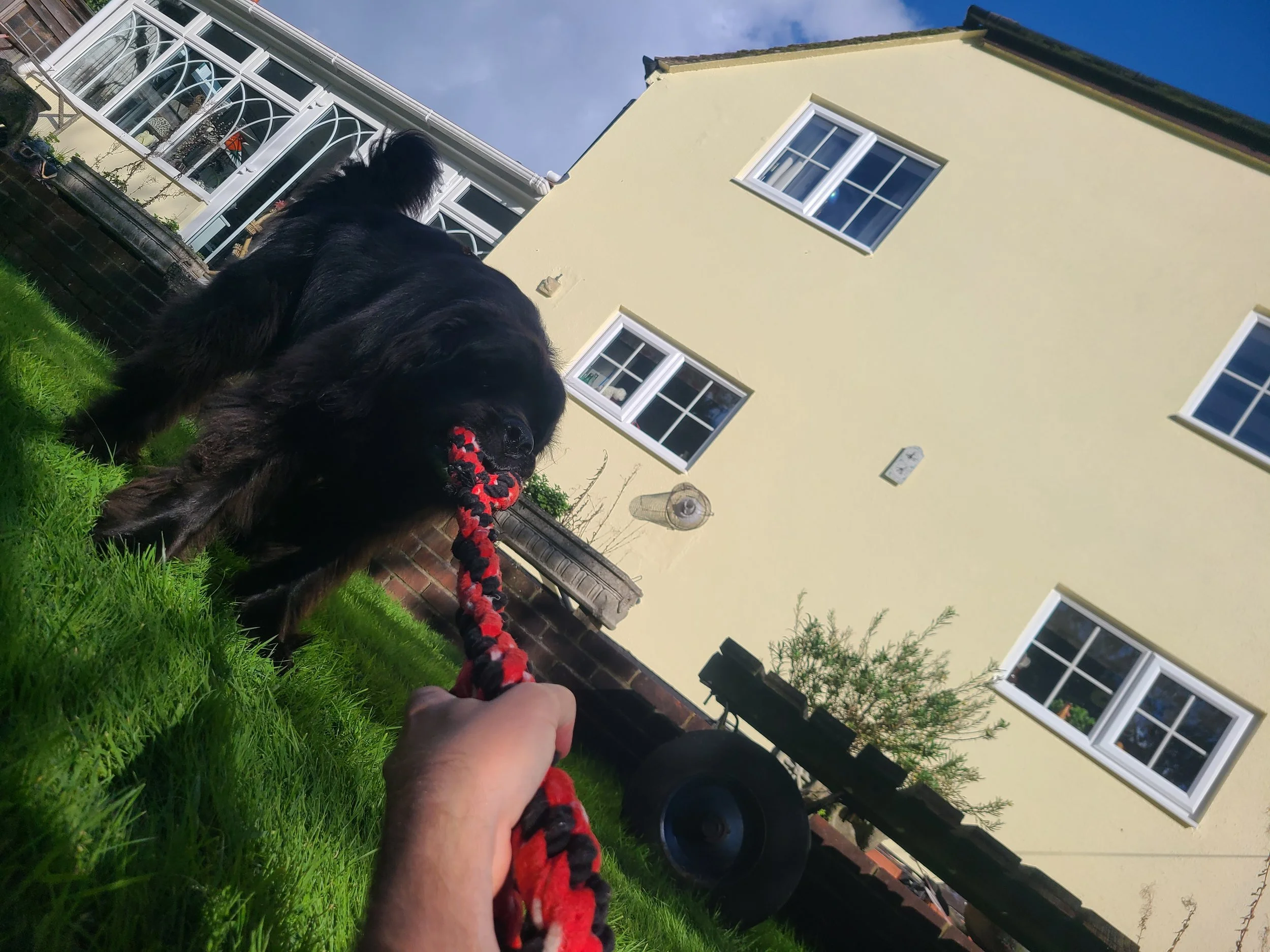Why I spent 30 minutes on my back in the garden with my dog.
This is a blog all about playing with our dogs but before I tell you why I ended up with a muddy back and a smile as long as the golden gate bridge let’s talk about what play is.
I'm sure we are all on the same page when it comes to loving interacting with our dogs. If you're reading this then I'm fairly certain you have a passion for understanding and communicating with that wonderful animal your share your life with. Play is one of, if not the best, way to interact with anyone. Dog trainers constantly wax lyrical about the use of toys in training but we can't lose sight of the fact that play isn't just an effective training tool, it’s a wonderful window into their personality and soul that, not only shines a light on our dogs drives and preferences but, is a beautiful dance that can build relationships and confidence.
When I find myself musing on how to elicit a game with a dog my brain tends to go meandering down a few different paths. The first of those paths is all about the personality of the dog in front of me. What are they like? What is their relationship to me? Have I provided an initial sense of safety and trust? Are we even at a place in our relationship where play is possible? This is all about relationship building, trust and, that all-important observation.
The next path I will go down is understanding a dog’s preference in regards to the predatory motor patterns. A dog's predatory motor pattern (PMP) is a sequence of instinctive and deeply ingrained behaviours they exhibit when engaging in predatory activities. These include orienting towards potential prey, stalking, chasing, grabbing, parading and ultimately consuming. Dogs have been artificially selected across the generations, largely to emphasise different parts of these patterns to assist us humans in our daily activities. These often show up as differences in breed and having a little knowledge of this is crucial when thinking about play or indeed, addressing issues that may arise from needs not being met.
The last path to consider is the real geeky one. What is happening from a neurobiological/ endocrinological lens when they are playing and how this might help/hinder play. To be honest I’m still getting my head around this fascinating topic but there are possible implications as to how dopamine and serotonin play a part in how we should play with dogs which are exciting things to consider.
Whether or not we look at all these avenues they can all help give us an insight and help you select the type of game and even the toy that will likely make playing with a dog an even more rewarding experience for both species.
Often I like to add a little structure in to my play with my dogs. This structure takes the form a few rules (something all interactive play thrives on). I use lots of markers and cues when playing. I use a cue to grab a toy, a cue to release a toy (with a very handy “few steps back” behaviour to give me some space to pick the toy up) and a marker to indicate that the game is over (all done). Another important part of play I tend to factor in is some kind of Impulse Control. Impulse control can benefit so many things in life. Think safety, reduced frustration, improved learning and less stress and anxiety. Although some people find this controversial I, personally, think the benefits of any animal (I include myself in this) learning to control impulsivity vastly outweighs any downsides.
For many dogs (certainly not all) playing with their own species comes pretty naturally but, that isn't always the case when it comes to playing with the human animals in their lives. On top of the considerations we need to make for dogs learning to play with humans, we also have to consider that many of us humans haven't indulged in play with our own species for quite some time. This is, unfortunately, true of many adults for a number of reasons (busy schedules, stress and brain changes all play a part in us playing less and less). The good news is that even if we feel like we’ve forgotten how to play or even lost the ability we can get it back. Our human species, like the dogs we share our lives with, are hard wired for play and it comes from a place of creativity and curiosity.
So back to why, oh why was I rolling about on the grass with Peaches the other day? For the answer to this I need to tell you a little story first…
One of the reasons I got into Art was because of a specific secondary school Art teacher named Mr Mali. One thing Mr Malin used to do, that was a big departure from what us school kids were used to, was that for the first half hour of the class he encouraged us to play. He got out everything from the cupboards, and enthused the children to get involved and use all the different mediums (paint, chalk, charcoal, pens, clay etc) and while we all experimented and improvised he was doing something special. He had a little notepad out and he was noting our preferences, styles and artistic strengths. Anyone looking in on the class would see what looked like chaos (he actually did get in a little trouble for not always sticking to the curriculum), but that's the reason I still remember him as he shaped my creativity and grew my confidence in creativity.
So fast forward 35 years and I still think of him when I’m looking to be creative. Play is like a dance and Peaches (a Newfoundland) definitely has a genetic predisposition to want to pull and play tug. We play loads of games like this and she adores it.
One thing, however, I noticed is that Peaches likes to break off from a game of tug once she’s won and roll on her back and joyously wiggle while holding the toy. When she does this she’ll stop, mid wiggle, and look at me as if to invite me to get involved. So I got down there with her to test my observation. Sure enough she wiggled over to me like an upside down snake pushing the toy into my hand. She genuinely looked thrilled that I’d finally reciprocated her upside down invitation from” wiggle town”. There we stayed for the best part of 30 minutes engaging a mutual game of fun and frolics. Sure, play can be and is used as an effective raining technique but never lose sight of the biggest reinforcer being sharing fun together. Ultimately, as with everything, it's all about relationship. So think about all the wonderful doors of communication and fun a game with your dog can open for both of you and go get creative and curious.






